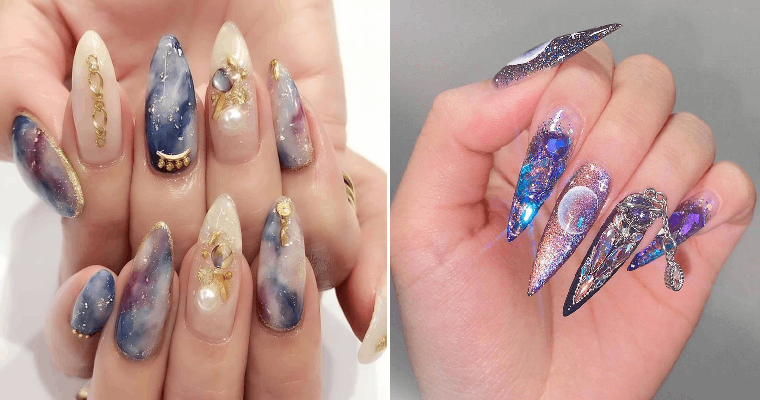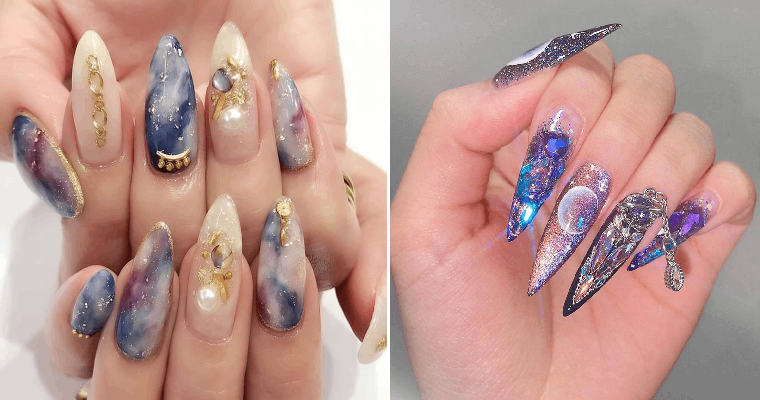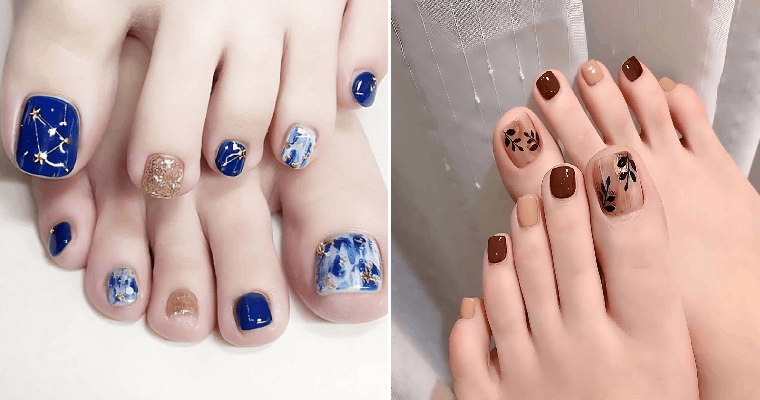In order to create a tattoo, a person uses a needle to inject ink, pigment, or dye into the dermis layer of the skin.
Although tattooing has grown more popular and complications are rare, there are still health risks with these procedures.
Before a person gets a tattoo, it is important they consider the risks, how to prepare for one, and how to take care of it.
In this article, we cover the potential health risks of tattoos, and provide tips for people considering their first tattoo.
Health risks

Selecting a licensed tattoo parlor can help minimize the health risks of getting a tattoo.
Getting a tattoo carries several health risksTrusted Source that a person may wish to consider. These include:
Allergies
A person may have an allergic reaction to the ink pigment. Research suggests that certain red pigmentsTrusted Source may be more likely to cause an allergic reaction.
Keloids
A keloid is an enlarged scar that resembles a bump on the skin. It consists of extra scar tissue and can occur from trauma on the skin. As the tattoo needle pierces the surface, it can cause tiny injuries, where keloids may develop.
Infections
An infection may occur if bacteriaTrusted Source or viruses enter the broken skin after a tattoo session. This may occur immediately after a person gets a tattoo, or in the subsequent days or weeks while the skin heals.
Signs of tattoo infection include:
- depending on skin tone, the area may appear red, dark brown or purple
- bumpy or raised skin
- swelling
- pain
- rash
- itchiness
In more extreme cases, a person may experience a fever, open sores, or pus on or around the tattoo.
Learn more about tattoo infections.
Blood-borne infections
If the tattoo equipment contains infected blood, the infection could transfer to another person during the tattoo session.
Some examples of blood-borne infections includeTrusted Source:
- hepatitis B
- hepatitis C
- HIV
Swelling
SwellingTrusted Source around the tattoo is a common issue. In the tattoo process, the skin experiences trauma from the needle penetrations, which leads to the swelling.
Precautions
To minimize potential health risks, a person may consider the following precautions:
Choose a licensed studio
Due to the potential health risks, tattoo licensing regulates and governs the practice of tattooing.
There is no federal law on the regulations and practice of tattooing in the United States. However, states pass their own laws regarding licensing, and not all of them require tattooists and premises to have a license.
The National Conference of State Legislatures has information on state requirements for tattooing.Trusted Source
Check the studio and equipment are clean
Signs that a tattoo studio has a good level of hygiene include:
- They have a sharps box to dispose of used needles.
- After a tattoo, a person cleans all stations and surfaces.
- The tattoo artist uses gloves and changes them between sessions.
- The tattoo artist uses a new needle for each customer.
Discuss preexisting medical conditions with a doctor first
If a person has a preexisting medical condition, such as diabetes, it may be worth discussing the tattoo with their doctor first. This is because when someone has diabetes that is poorly controlled, they may experience a delay or impairment in their healing processes.
How to prepare
The following steps may help a person before they start a tattoo session, and promote healing afterward:
- eat a meal
- avoid alcohol for 24 hours before
- drink water
- wear the right clothing
- sleep well the night before
Aftercare tips
To make sure that the tattoo heals well, the tattoo artist will typically provide aftercare tips. Firstly, as the tattoo is an open wound and bacteria could infect it, it is best to avoid the following:
- swimming pools for up to 2 weeks
- direct sunlight for up to 2 weeks
- heavy exercise for up to 48 hours
To keep the tattoo clean and promote healing, a person should consider:
- Gently cleaning the area: Advice may vary between tattoo artists, but a person should clean their new tattoo two or three times a day with antibacterial soap and lukewarm water.
- Applying moisturizer: After washing and drying the area, a person should moisturize the tattoo. The moisturizer should be fragrance-free. Some tattooists recommend diaper rash cream.
- Drinking water: This is important as it will help keep the skin moisturizedTrusted Source.
- Do not itch: While the tattoo heals, it is normal for it to become itchy. If a person scratches and rips off the scabs, this may create a higher risk of infection. It may also cause the tattoo to appear slightly faded.
Learn more about tattoo aftercare.
Tips for getting the first tattoo
The first tattoo may be a nerve-wracking experience for some people. It may be worth considering some of the following tips to make the experience more comfortable:
- Do plenty of research: If a person wants a particular style of tattoo, it is worth looking for artists who have a good portfolio of those designs. This can help ensure a person is happy with their tattoo.
- Be 100% sure: A tattoo is typically a permanent body modification. Someone should be completely sure they want to commit to it.
- Discuss concerns with the tattoo artist: The artist can explain the tattoo process and ease any concerns.
- Eat: Before the appointment, a person should eat a meal. This will reduce hunger during the session and may lower the risk of fainting.
- Dress appropriately: A person should wear comfortable clothing, and avoid tight or restrictive clothing.
- Do not drink alcohol: It is best to avoid alcohol as this may thin the blood and cause excessive bleeding. This can cause difficulty for the tattooist, and it may also thin the ink and cause the tattoo to appear faded.
Does laser removal hurt?
The most common and safest way to remove a tattoo is laser removalTrusted Source, which involves the use of lasers to break up the tattoo’s pigment.
The color of the tattoo and a person’s skin type will play a role in the kind of laserTrusted Source chosen.
Laser tattoo removal is often a painfulTrusted Source procedure. However, this can vary, according to a person’s pain threshold.
Results can vary and how many laser sessions a person needs depends on the tattoo’s color and size.
Although laser tattoo removal is a promising option for a person who wants to get rid of a tattoo, it can be painful and might not remove the entire tattoo.
Summary
A tattoo is a body modification where a person uses a needle to inject dye, ink, or pigment into the skin’s dermis layer.
Getting a tattoo carries certain risks, such as infection, keloids, and swelling. However, if a person takes the necessary precautions, they can help minimize these.
A person who wishes to get a tattoo should be sure they want to commit to it. It is possible to remove them with lasers. However, this is a painful procedure and may not fully remove the tattoo.








